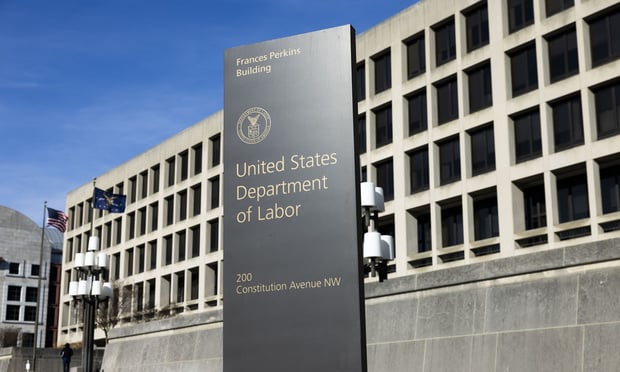A claim against EOG Resources Inc., formerly Enron, has beenbrought in U.S. District Court for the Southern District of Texasalleging ERISA and Fair Labor Standards Act violations.
The complaint alleges EOG misclassified the plaintiff and otherworkers as independent contractors, subsequently denyingthem overtime pay and access to company-provided retirement andhealth benefits.
Under the FLSA, employers are required to compensatehourly workers time clocked above 40 hours. Employers are exemptfrom such requirements in the case of bona fide independentcontractors.
Continue Reading for Free
Register and gain access to:
- Breaking benefits news and analysis, on-site and via our newsletters and custom alerts
- Educational webcasts, white papers, and ebooks from industry thought leaders
- Critical converage of the property casualty insurance and financial advisory markets on our other ALM sites, PropertyCasualty360 and ThinkAdvisor
Already have an account? Sign In Now
© 2024 ALM Global, LLC, All Rights Reserved. Request academic re-use from www.copyright.com. All other uses, submit a request to [email protected]. For more information visit Asset & Logo Licensing.








